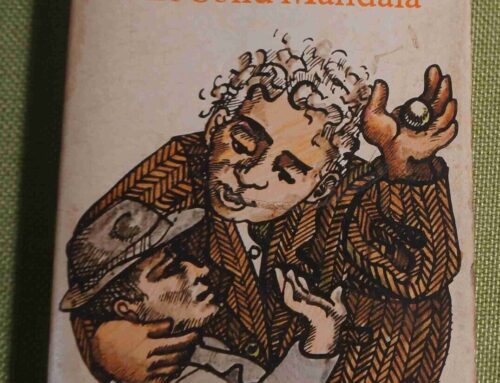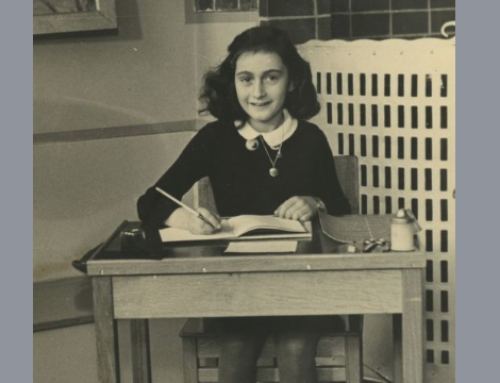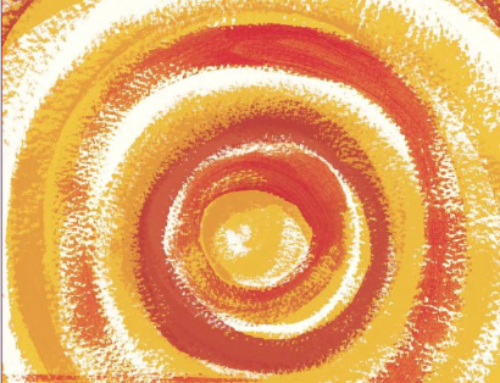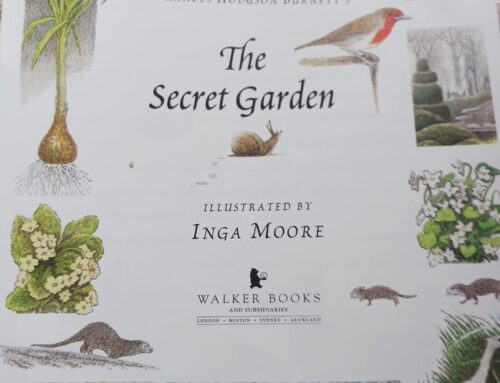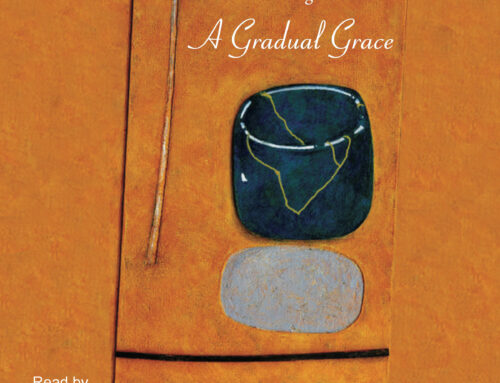Endangered species, rewilding, conservation, destruction of ecology by human cultivation and husbandry, subsistence living are the meta-themes of this remarkable novel. In counterpoint to these themes are human relationships where damage, abuse, violence, fear, prejudice, lack of trust, are in conflict with love, empathy and connection. The central character, the narrator, Inti Flynn, is the cauldron in which these powerful emotions war with each other as she leads a small team of biologists and a vet in a revolutionary program to introduce wolves back into the highlands of Scotland. Here, the forests have been decimated by the explosion of the deer population and the farming of sheep. Inti and her team are inspired by the rewilding success in Yellowstone Park, USA, where 14 wolves were captured in Canada and released in Yellowstone. Wolves had been the top predator in that continent from the Arctic to Mexico, and had been hunted to eradication from the 1870s onwards. The last pack was killed in Yellowstone by 1926. Nearly thirty years after release of the Canadian packs, balance has been restored.
For me, the central drama of the story is the struggle of the small rewilding team against the fear and anger and prejudice of the local human population. They see the wolves as predators, not just of animals but of humans, and fear that their livestock will be slaughtered by them. Inti does not help her cause by her stubbornness, her refusal to listen to the locals’ fears, her outspokenness and anger; like when, at the meeting called to introduce the project, she responds to protests from among the crowd by saying:
If you truly thinks woves are the blood spillers, then you’re blind. … We do that. We are the people killers, the children killers. We’re the monsters.
Woven into this struggle is the question of whether the wolves will inhabit the highlands in the ways expected of them, whether they will breed and spread out and successfully establish their own ecology. The tension of this is maintained through scenes where Inti and others of her team take sojourns in a hide watching them, and sometimes intervene to help them.
The human drama that is interwoven with the main theme of the wolves’ rewilding takes wild and complex turns and keeps the reader guessing to the end. Here, I am not entirely convinced of the emotional and moral truth of the narrative. The complicated love story between Inti and Duncan MacTavish, the sheriff, takes many twists and turns and barely escapes tragedy. It is interwoven with Inti’s complex relationship with her twin sister, Aggie, and their shared family history and experience of a violent marriage—not Inti’s but Aggie’s. But since the sisters are emotionally and mentally joined at the hip, the consequences haunt them both and end in Aggie’s nightmarish intervention in Inti’s dramas. Too convoluted to explain here without many more words and major spoilers.
Suffice to say there are two things that disturb me about the winding up of the drama and its denouement. First, Aggie’s marriage is presented very much as a dance a deux from the beginning, where there is a compulsive dynamic of taunting and abuse; of course, the man’s part is the most violent, but there is undeniable provocation in Aggie’s behaviour. Secondly, though Aggie’s actions that almost destroy Inti’s and Duncan’s relationship are done in a state of psychosis, the fact that this is covered over by Duncan and Inti raises the wicked problem of responsibility. Duncan is good at forgiveness, and there is hope, Inti feels, for a life together with Aggie. I wonder how readers respond to the resolution of this problem?
One other complication I haven’t mentioned is Inti’s condition, mirror-touch synesthesia, which means that when someone experiences a sensation, she feels it on the same part of her body, usually on the opposite side. I had not heard of this condition, but apparently it is found in 1.6–2.5% of the population. It is interesting and lends an extra layer of drama and intensity to Inti’s experiences. And subtly emphasises her empathy and connection with the wild physicality of the wolves.
I am left feeling that Charlotte McConaghy has almost bitten off more than she can chew, to put it crudely, in this extraordinary novel. Many reviewers feel that she has succeeded to a 5-star level. But I am left with the concern that her handling of the issue of abuse of women lacks nuance; despite the nuanced dramatisation of Aggie’s marriage, the blame is firmly settled on the man in the case and his friends, and while Aggie bears the lasting damage to her psyche and her body, she remains a victim. The role of victim often swings into that of perpetator, and in this case, Aggie enacts that shift. But perhaps the ending suggests that recovery or redemption, hoped for by Inti, is not possible in this case, at least in conventional terms.
